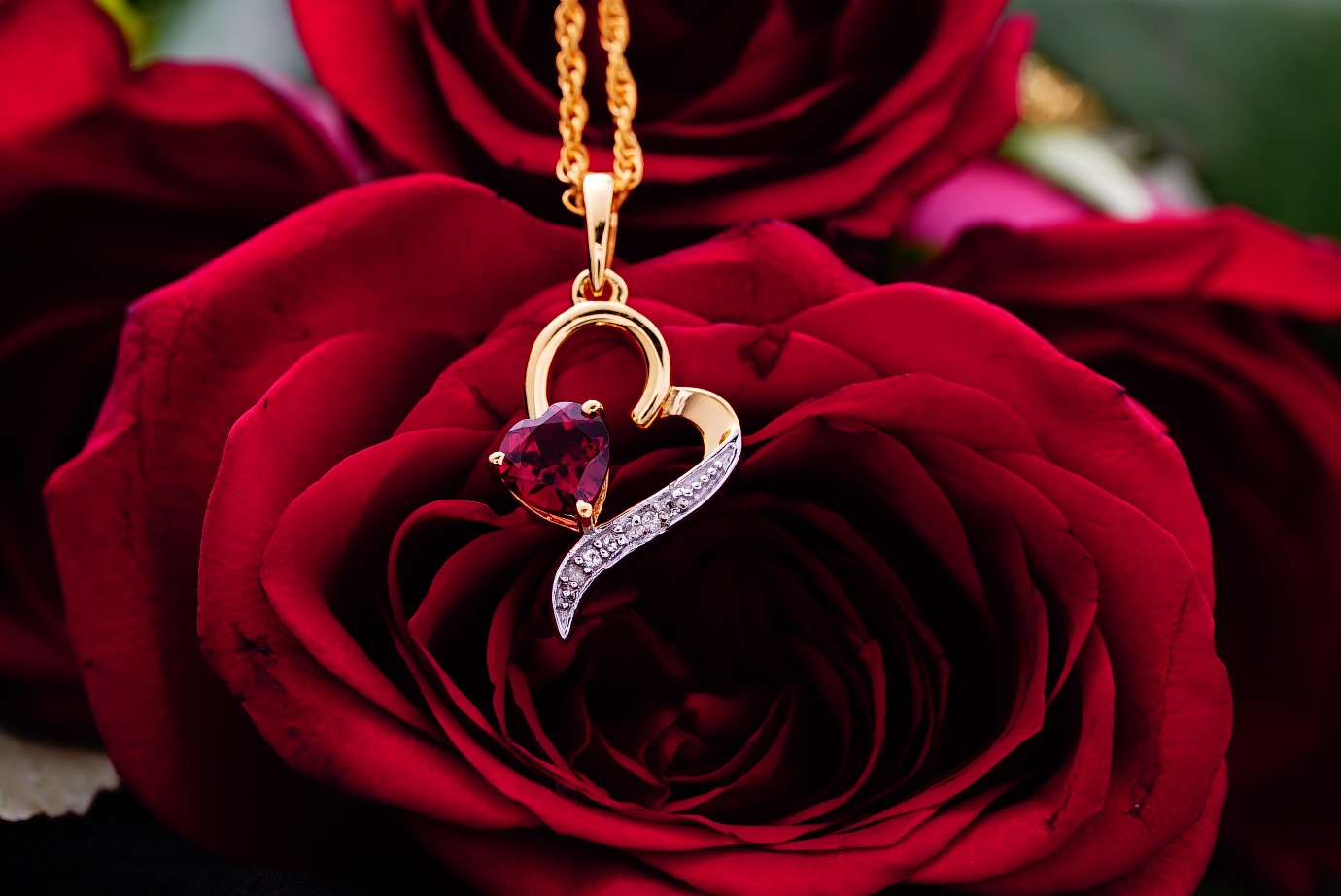When it comes to gemstones, one of the first gems you might think of are rubies. They are well sought after for many reasons, among which is that these precious stones hold a ‘mystical’ presence. There are many types of rubies, though which you might not be aware of. Here are a few examples and a bit of information about their origins.

Ruby Stone Examples
If you live in Australia, you may come across various types of rubies, if you are looking at gemstones, you may see rubies from Thailand that are an oval shape, rubies in the shape of a pear from Mozambique, or a marquise ruby from Burma. If you are lucky, you might even find a pigeon blood ruby from Madagascar.
As you may already know, superb looking rubies can be acquired as small rocks or they can be used to be set into a piece of jewellery. A trip to your local jeweller will surely show you some prime examples of red ruby gemstone Australia or any other country has on offer, and they will simply amaze you.
One of the finest stones that you could happen to see is the ‘Pigeon Blood Madagascar Round Ruby.’ Naturally, as the name suggests this ruby is dark red in colour. In fact, it is one of the darkest shades of red you could possibly find when it comes to rubies. They come from a place called Madagascar and are highly valuable. As the name suggests, they are also round as opposed to some of the other types of rubies, which could have sharp or jagged edges.
Why Is The Pigeon Blood Ruby So Valuable?
When it comes to rubies there is a general rule of thumb, although the colour happens to be the most valuable of the 4 Cs (Colour, Cut, Clarity, and Carat) in rubies, which is slightly different to the precious stone diamond. Therefore, it makes sense that the deep red colour of the Pigeon Blood Ruby makes it one of the most desirable rubies you could come across. They are immensely beautiful. Any pictures you see simply wouldn’t do them any justice at all!
The Different Shapes Of Rubies
The form of a gemstone is dictated by the stone’s evolution, not by human desire. Whereas rounder forms are ideal for flawless diamonds, cushion and spectacular shapes are ideal for most exotic-coloured diamonds. Because rubies are coloured gems, their styles vary from those of diamonds. A ruby, for instance, keeps a significant amount of its hue at the stone’s core. Rubies can indeed be carved into any shape, such as Princess, Emerald, Asscher, Radiant, and Cushion, although rounder gems such as, Pear rubies, Marquise rubies, and Oval rubies are the most frequent.
The Origins Of Many Rubies
Rubies originating from Africa, especially Mozambique and Kenya, are generally purple or dark red. The quality and size of the stones vary, but it is important to emphasise that dark red African rubies are prioritised. Rubies that hail from Tanzania are said to have a colour like the red colouring of a Hessonite stone. Rubies from Madagascar can also bear a red or red-orange hue.